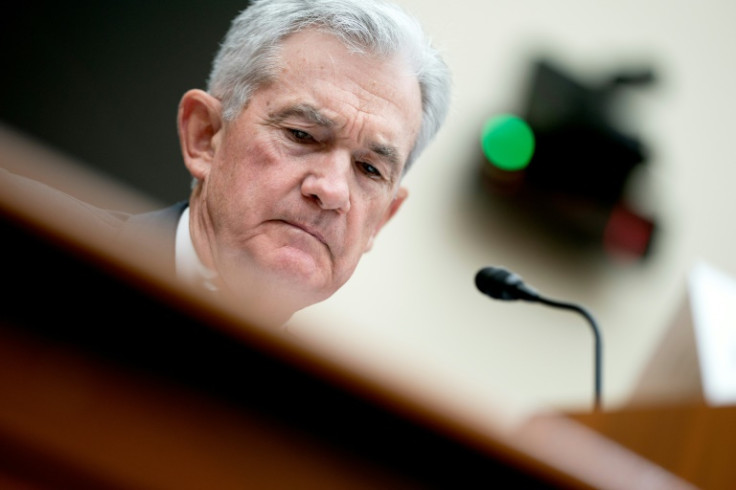FOMC Meeting Preview: Geopolitics And Financial Instability Could Bring The Fed Closer To Pivot

The Federal Open Market Committee (FOMC) will stick to another interest rate hike pause in the two-day meeting from Oct. 31 to Nov. 1.
That's according to the CME's FedWatch Tool, which monitors the probability of changes in the Federal Funds Rate (FFR). As of Oct. 27, it points to a 99.9% probability of FFR remaining in the current range. It's the same as last week but up from 80.70% a month ago.
There are a couple of good reasons behind another interest rate hike pause, despite the resilience of the U.S. economy and the elevated inflation.
First, the breaking of the Middle East war has raised geopolitical uncertainty. "The current economic landscape is plagued with uncertainty," Frank Lietke, executive director and president of Ally Invest Securities, told International Business Times. "November's Fed meeting could result in rates staying flat, providing small relief to consumers with variable funding sources."
Second, the Fed wants to give the string of previous interest hikes a chance to work their way into the economy.
Third, the steep rise in bond yields is already doing the Fed's demanding job. It has tightened liquidity at the long end of the yield curve and set the pace for a slow-down in interest rate-sensitive sectors like housing and high-ticket consumer items.
"The November meeting should be a hawkish pause by the Fed, as has mostly been priced in by the bond market," Niladri Mukherjee, chief investment officer of TIAA Wealth Management, told IBT. "Higher interest rates, lower stock prices and a stronger dollar are doing the job for the Fed in tightening financial conditions."
Dan North, senior economist at trade credit insurer Allianz Trade North America, sees Chairman Jerome Powell struck a hawkish tone, too, as the U.S. economy remains strong and inflation elevated.
"The GDP report was a scorcher," he told IBT. "The Fed's favorite inflation gauge, the core PCE price index, rose the most in six months in September, and the y/y rate barely budged, falling from 3.8% to 3.7%. In the meantime, the headline PCE has been stuck on hold at 3.4% for three consecutive months. The exasperation over the data must be intense. You can hear him say, "Come on!" from a mile away."
Jacob Channel, LendingTree senior economist, agrees. "With August and September's CPI reports both being a bit worse than expected and with inflation still above the Fed's target, high prices remain a persistent issue," he told IBT.
"So, they'll stick to the language that inflation remains elevated, and rates need to remain sufficiently tight," Sonu Varghese, global macro strategist at Carson Group, added.
That could set up the tone for another interest rate hike by the end of the following meeting.
"Given how much work is still needed to get inflation fully under control, the Fed may still have another rate increase or two left in the tank before it ends its current hiking cycle," Channel said.
"December could be a live meeting if the economy maintains its recent strong momentum that supports inflation," Mukherjee added.
Still, the talk of an interest rate pivot isn't completely ruled out if the growing geopolitical uncertainty or the precipitous interest rate hike threatens financial stability.
Robert Johnson, Ph.D., CFA, CAIA, professor at Heider College of Business, Creighton University, sees the recent solid economic reports lessening the probability that the Fed will stop rate hikes and begin lowering rates soon. "Likely Fed rate reductions have been pushed further into the future," he said.
Mukherjee sees the Fed pivoting to the dovish side if financial stability is threatened or they are reasonably comfortable that inflation is getting near the 2% neighborhood. "On the latter, we will get more data in Q1, but it starts with a weaker labor market," he added.
© Copyright IBTimes 2024. All rights reserved.





















